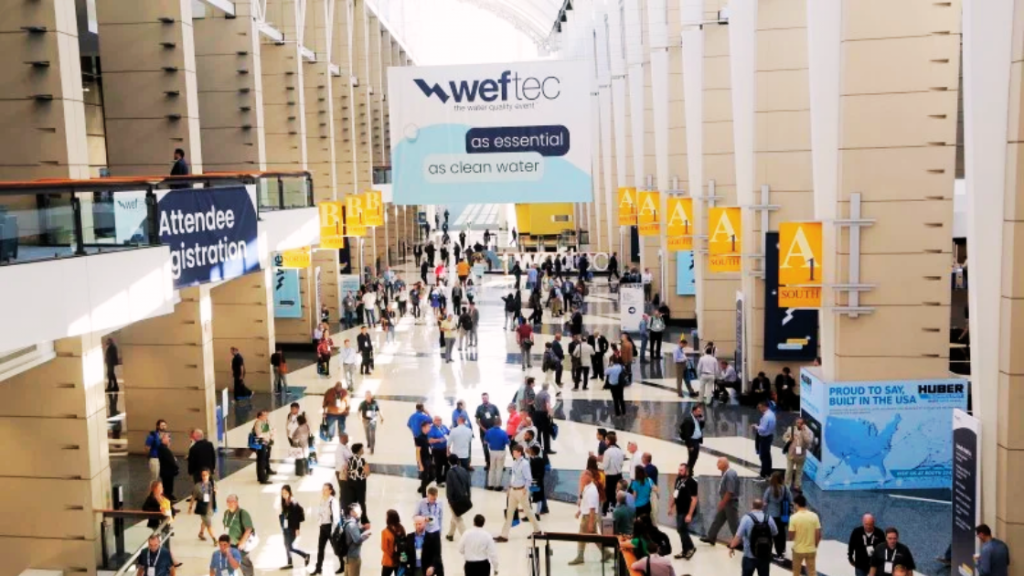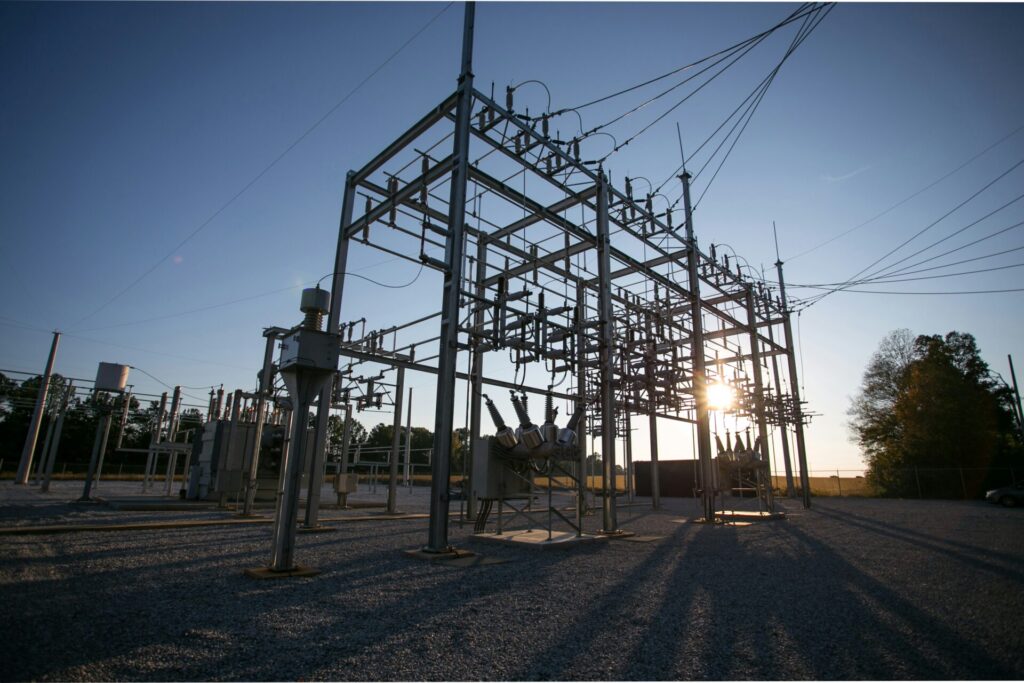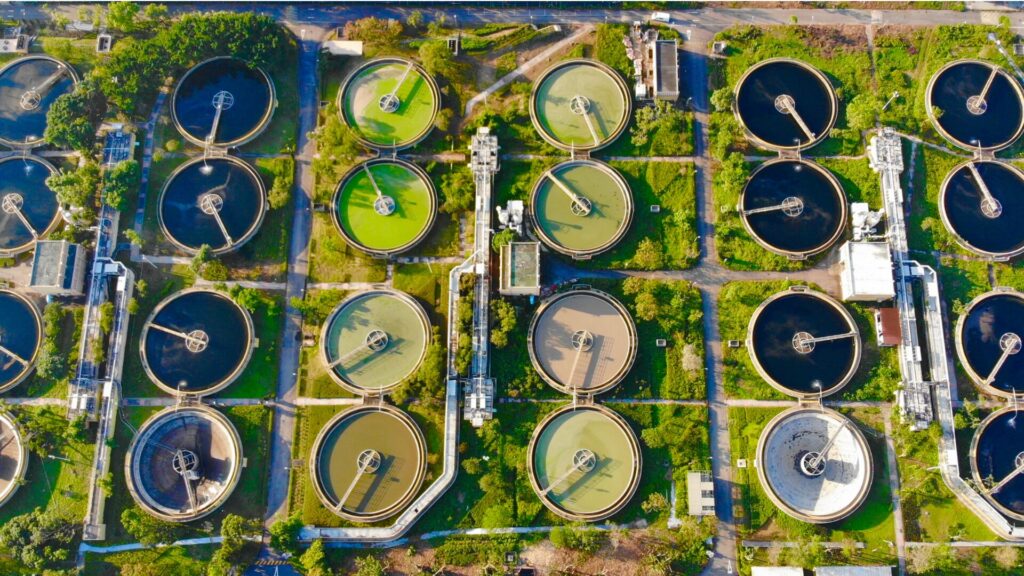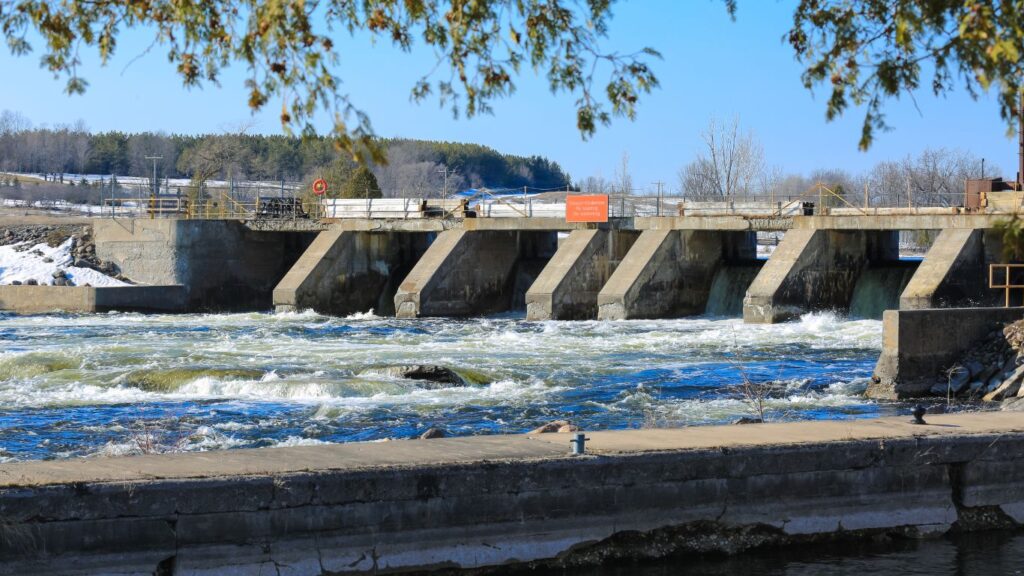The term “AI” often conjures images of self-driving cars, humanoid robots, and buzzwordy conference presentations. However, one of the most profound, and ‘real’ applications of AI lies in the subtle and sophisticated world of genetic algorithms. We utilize these algorithms at Transcend to drive sophisticated optimization solutions, particularly in the field of engineering & critical infrastructure design.
Admittedly, our solutions might not produce eye-popping visuals because they work behind the scenes of our design automation platform. But they are the unseen force driving efficiency and innovation for global utilities, engineering consultants, and equipment suppliers.
In an effort to bring the power of genetic algorithms into the light, we’re going to take an in-depth look at how our Site Arranger for civil engineering in critical infrastructure projects utilizes genetic algorithms to achieve optimal site layouts.
Understanding Optimizations Using Genetic Algorithms
A genetic algorithm (GA) is a search heuristic inspired by the principles of natural selection and genetics. It is particularly effective for solving complex optimization problems. A typical GA comprises two main components: the genetic “breeder” and a specific evaluation mechanism that rewards or punishes individual solutions. The breeder component is adaptable to various problems, but it often requires customization for specific applications. Our Site Arranger, developed with the expertise of Zoltán Bácskai, is a testament to this adaptability.
The Genetic Breeder
The genetic breeder is the heart of the GA. It generates a population of potential solutions, known as individuals, and iteratively evolves this population to improve the solutions. The evolution process involves selection, crossover, and mutation:
- Selection: The best-performing individuals are selected to pass their genes to the next generation.
- Crossover: Selected individuals exchange genetic information to create new offspring.
- Mutation: Random changes are introduced to some offspring to maintain genetic diversity.
This process ensures that over successive generations, the population converges towards optimal solutions.
The Evaluation Mechanism
The second component of a GA is the evaluation mechanism, which is highly specific to the problem at hand. In our Site Arranger, this mechanism evaluates the fitness of each individual based on several optimization criteria:
- Collision Avoidance: Individuals with building collisions are eliminated.
- Boundary Compliance: Solutions that fit within the site boundaries are preferred.
- Distance Optimization: The algorithm minimizes the distance between specific unit endpoints and startpoints, particularly those connected by water or sludge (in the case of a wastewater treatment plant).
- Airflow Optimization: The length of high-pressure air travel paths is minimized.
- Accessibility: All buildings must be generally accessible from the admin building.
Each of these criteria contributes to a composite fitness score, with the best solution being the one that minimizes the weighted sum of all these distances.
Visualization and Implementation
In the accompanying video, we illustrate how the GA operates within the Site Arranger. The width of the red lines represents the importance of particular distances, and the optimal solution is the one with the best overall metric. Here are some key points to note:
- Rectangular Buildings: Arrangeable buildings appear as rectangles, but they often represent building blocks, such as a 2×2 grid of clarifiers.
- No-Build Zones: Existing buildings and no-build zones can have any shape, as defined by the client’s UI input.
- Collision Zones: Each building has a specific collision zone, which can overlap with others as long as the required separation distances are maintained.
- Best Solution Display: The video shows the “best yet” solution, the individual with the highest optimization score out of (in this scenario) 16,364,998 evaluated arrangements.
A Real-World Application: The Sopron Plant Concept
To illustrate the practical application of our Site Arranger, let’s consider a conceptual extension of the existing CAS-based plant in Sopron to an MBR system capable of handling a much larger flow, including digesters.
Scenario Details:
- Location: Sopron
- Current Plant: CAS-based
- Extension Goal: MBR system for higher flow capacity
- Reuse: Four 34m diameter clarifiers as primary clarifiers; admin buildings as no-build zones
- Design Capacity: 120,000 population, 12 MLD average flow, 24 MLD peak flow
- Effluent Goals: 10 BOD and TSS
This scenario exemplifies how our genetic algorithm optimizes the site layout to meet specific engineering requirements while considering practical constraints.
Conclusion
Our use of genetic algorithms represents the cutting-edge of engineering optimization. Our customers can achieve solutions that balance efficiency, practicality, and innovation through the use of our platform, the Transcend Design Generator (TDG), and it’s accompanying ‘engine’. The intricacies of our Site Arranger highlight the profound impact of AI in the engineering world, far beyond the realm of flashy visuals and hype.
Understanding the depth and capability of genetic algorithms not only demystifies their application but also showcases their potential to revolutionize engineering design. As we continue to refine and enhance our algorithms, the future of optimized, efficient, and innovative engineering solutions looks brighter than ever.






